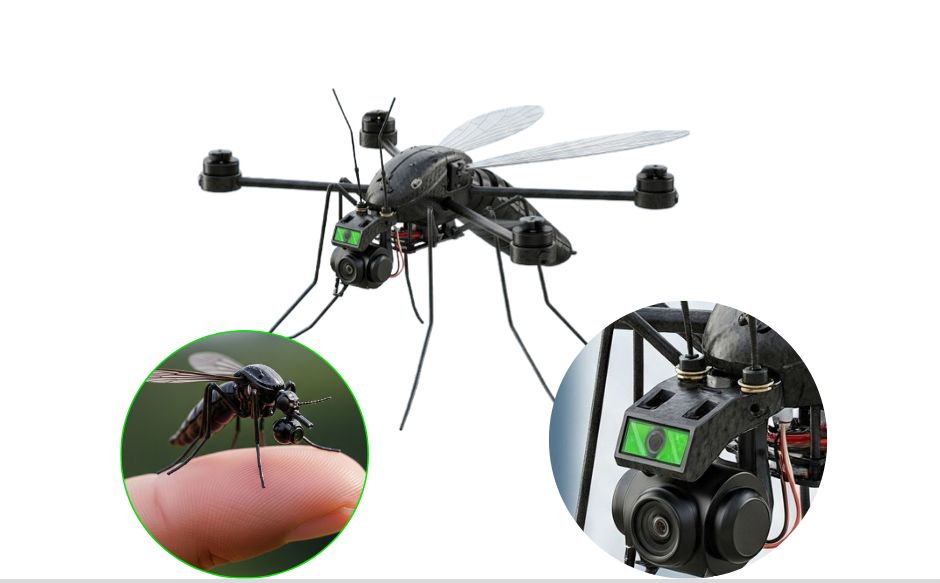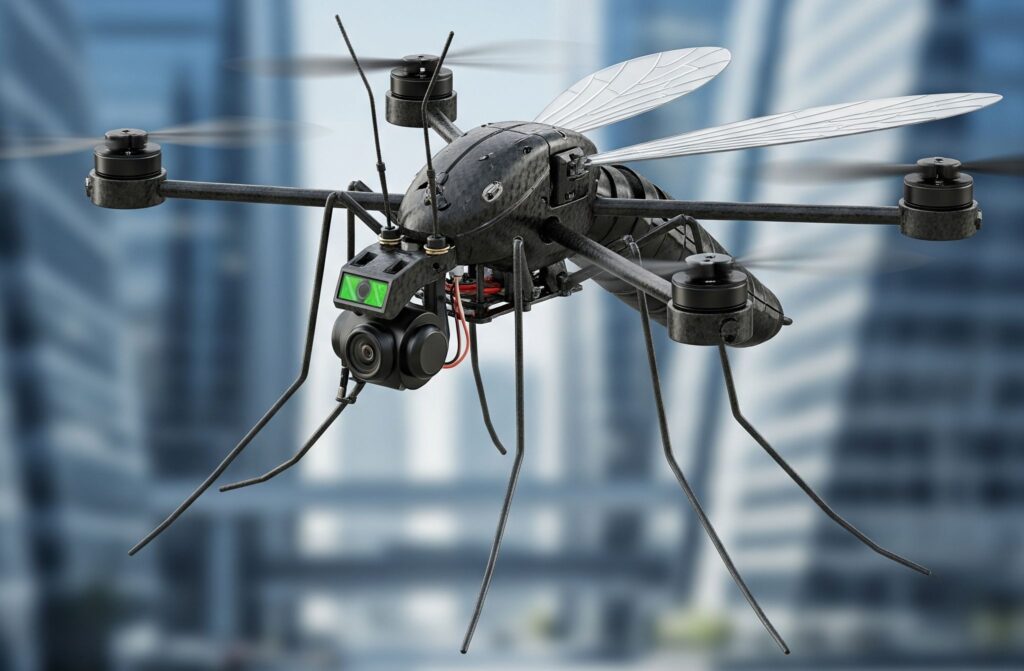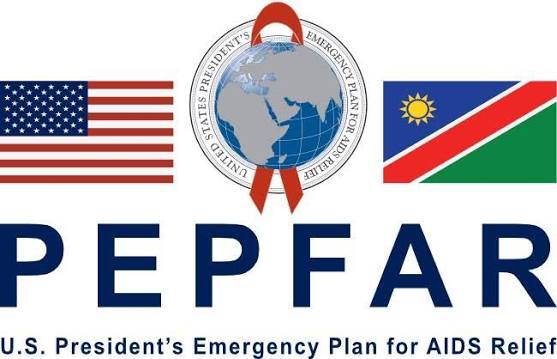
China has unveiled a groundbreaking surveillance technology, a mosquito-sized drone developed specifically for covert military operations. The tiny aircraft, recently introduced by the National University of Defense Technology (NUDT), mimics the structure and movement of a real mosquito, making it virtually undetectable to the naked eye and traditional security systems.
The drone measures less than 2 centimeters in length and weighs under 0.3 grams. Its micro-engineered body includes leaf-like wings, thin hairy legs, and a sleek black structure, enabling it to blend seamlessly into its environment. These features allow it to bypass radar and silently enter indoor spaces such as offices or residential areas.
Despite its size, the drone is fitted with micro-cameras and microphones that allow it to capture audio and video intelligence discreetly. Its ability to fly silently and undetected gives it a distinct advantage in espionage missions, especially in urban settings where privacy and security are typically assumed.
The development of this micro-drone represents a significant leap in biomimetic engineering. It integrates advanced robotics, miniaturized sensors, and flight control systems into a compact frame. However, due to its limited battery life and flight range, the drone is best suited for short-range and short-duration operations. Deployment in the field may require repeated relaunches and quick data retrieval.

This innovation adds to China’s growing portfolio of advanced unmanned systems. The mosquito drone is a complement to larger swarming drone programs already under development, indicating the country’s ambition to lead in next-generation warfare tools. It also reflects a broader global trend in the miniaturization of military technology.
Rising Concerns Over Misuse
Security analysts have raised alarms over potential misuse of such devices. With the ability to infiltrate private spaces unnoticed, there are fears that the technology could be used for unauthorized surveillance, industrial espionage, or even as a carrier for chemical or biological agents. The ethical and legal implications of such developments are now under increasing scrutiny worldwide.


























